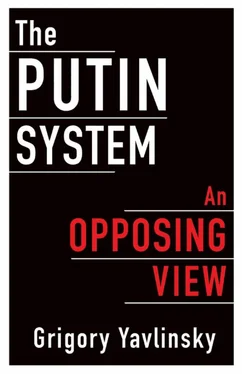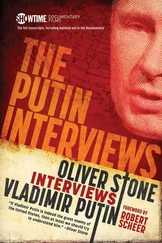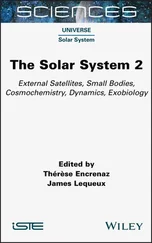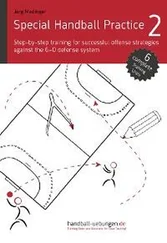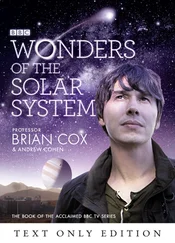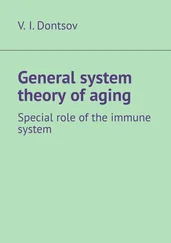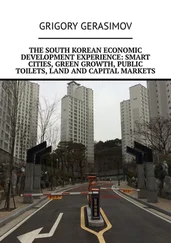It is also here that we can find the roots of the understanding of strong power as being completely unrestrained by anything or anybody. People have been viewing efforts to establish a genuine separation of powers as attempts to weaken government authority, to disable it, to impose an alien will upon it. In this regard, the demeaning powerlessness of Russia’s present-day parliament is largely a product of the campaign of vilification of legislative authority that was waged, spontaneously or not, by Russia’s leading mass media in the 1990s. Let us not forget that, back then, the journalists who viewed themselves as supporters of Russia’s “democratic choice” frantically portrayed Russia’s representative institutions, first the Supreme Soviet and then the State Duma, as useless and as burdensome chains shackling our “mighty” first president, Boris Yeltsin, and allegedly impeding his attempts to charge ahead with the socioeconomic reforms that they said the country needed. Even the courts (to the extent that they retained some degree of political significance) were now and then portrayed in the media as pesky obstacles on Russia’s road to “economic reforms.”
Unfortunately, in Russia’s history, the understanding of the supreme power as the function of an equilibrium among diverse societal forces, and of a compromise among them, was minimal. Most of Russia’s public opinion typically viewed any compromise as “rotten,” as something that could and should be discarded as soon as possible and without any compunction. Russian society today is arguably paying a high price for stereotypes and preconceptions that, by and large, were shaped by Russia’s history.
Finally, another factor that influenced the political situation in Russia in the 1990s was the international environment. [7] See Grigory Yavlinsky, Realeconomik: The Hidden Cause of the Great Recession (and How to Avert the Next One) (New Haven, Conn.: Yale University Press, 2011).
I believe that, in spite of all of the inertia and other idiosyncrasies of the mind-set of the Russian public, there was a relatively brief period in the late 1980s and early 1990s when popular disillusionment with the Soviet societal order and way of life was so deep and so widespread that there was an opportunity to drastically transform that mind-set. Russians’ views of different sets of power relationships than the ones that had been historically present and embedded in the Russian consciousness would have been different today, had the former Cold War enemies of the Soviet Union been ready to respond to the country’s abandonment of its ideological dogmas, and of the Cold War, by looking for ways to include the Soviet Union in the existing world order on terms that would be seen by Russia’s political class and most of its citizens as dignified. Of course, in and of itself, this would have provided no guarantees of the development of Russia’s political system along a nonauthoritarian path. Yet it would have been a weighty consideration in Russia’s process of selecting its subsequent path of development.
In reality, however, the prevailing response in the West to the tectonic political shifts that occurred in the Soviet Union was shortsighted and selfish. The political shift was viewed as merely an opportunity to get rid of an old irritant, the widely acknowledged need to pursue a complex and multifaceted policy of “containing” the Soviets. Western leaders immediately paid the highest symbolic honors to the leaders of Russia by recognizing Russia as a diplomatic successor to the USSR at every level. Yet, at the same time, having lost a practical interest in developing a rational framework of relationships, as it had done with the Soviet Union, the West began to marginalize Russia in various contexts, both as a country and as a people.
In its relationships with the West, Russia’s political class encountered nakedly egotistic disregard for lofty principles, in practice, which was unfortunately justified as “realpolitik.” This was an important factor (though not the only one) in strengthening Russian skepticism about the liberal, competition-based model of political order. It convinced Russia’s political class that feigning competitive politics and liberal institutions (such as the separation of powers, free elections, and the replacement of individuals in power on a regular basis) was just as “marketable” to its Western partners as the hard, conscientious work to actually establish them. The reason for the failure of the West to become a factor of genuine modernization in the Russian political and economic system after the collapse of the Soviet Union is a debatable issue. However, in my view, it relates both to the shortsightedness or incompetence of individual political leaders and to the overall crisis of political mentality and behavior in recent decades. [8] Yavlinsky, Realeconomik .
Whatever the case, in the 1990s, a wide array of factors shaped the political system of the “new” post-Soviet Russia in such a way as to make it authoritarian, averse to innovation, limited in its efficacy, and devoid of incentives to move in the direction of an alternative liberal, competition-based order.
In concluding our review of the 1990s, let us briefly sum up the determinants and the factors that led to the formation of the present-day authoritarianism of a peripheral type, as they emerged from the reforms of those years. With some caveats in mind, we can identify three groups of factors. The first among them was the sequence of events that led to the emergence of a system based upon the fusion of governmental power with the ownership of economic assets. This sequence included the hyperinflation (the government’s expropriation of savings) of 1992, the crime-ridden privatization (the loans-for-shares auctions) of 1995–1997, and election fraud and the subjugation of the media in 1996–1998.
The second factor was the Bolshevik methods used by the reformers. Reforms and decision-making were done on the basis of such tenets as “The ends justify the means,” “The economic basis [the character of property relations] will nearly automatically determine the superstructure [the shape of legal and civic institutions],” “The primitive accumulation of capital is always crime-ridden,” and so on.
The third group of factors was related to the authorities’ refusal to reassess Soviet-era history, to pass judgment at the governmental level on the legacy of Stalinism and Bolshevism. This refusal gave rise to Russia’s crisis of self-identification, as people found themselves disoriented with regard to basic values; it resulted in a mishmash of ideologies, in the flourishing of defiant ignorance presented as the so-called Eurasianist ideology; and ultimately it made it impossible for Russia to define its place in the world in a historically grounded and logical manner. As a result, by the late 1990s, Russians were in the throes of pervasive disillusionment, confusion, and a sense of having been utterly deceived. They were increasingly searching for answers to their problems by looking to the past, to the Soviet era. This was the context in which Vladimir Putin entered the stage.
However, as I have noted, the 1990s was a time when the present system was barely emerging and was still taking shape. Some of its traits were still a work in progress, while others were not yet even perceptible. Therefore, the first decade of the twenty-first century was no less important to the formation of the present-day version of Russia’s authoritarianism. We shall now address the developments of this period in more detail.
2000–2010: WHAT HAPPENED TO THE POLITICAL SYSTEM
I shall begin my analysis of what happened to Russia’s political system in the first decade of this century by reiterating the central point of the previous section: in the 1990s, Russia was not developing along a democratic path. In this context, democracy is understood as a type of political organization that includes:
Читать дальше
